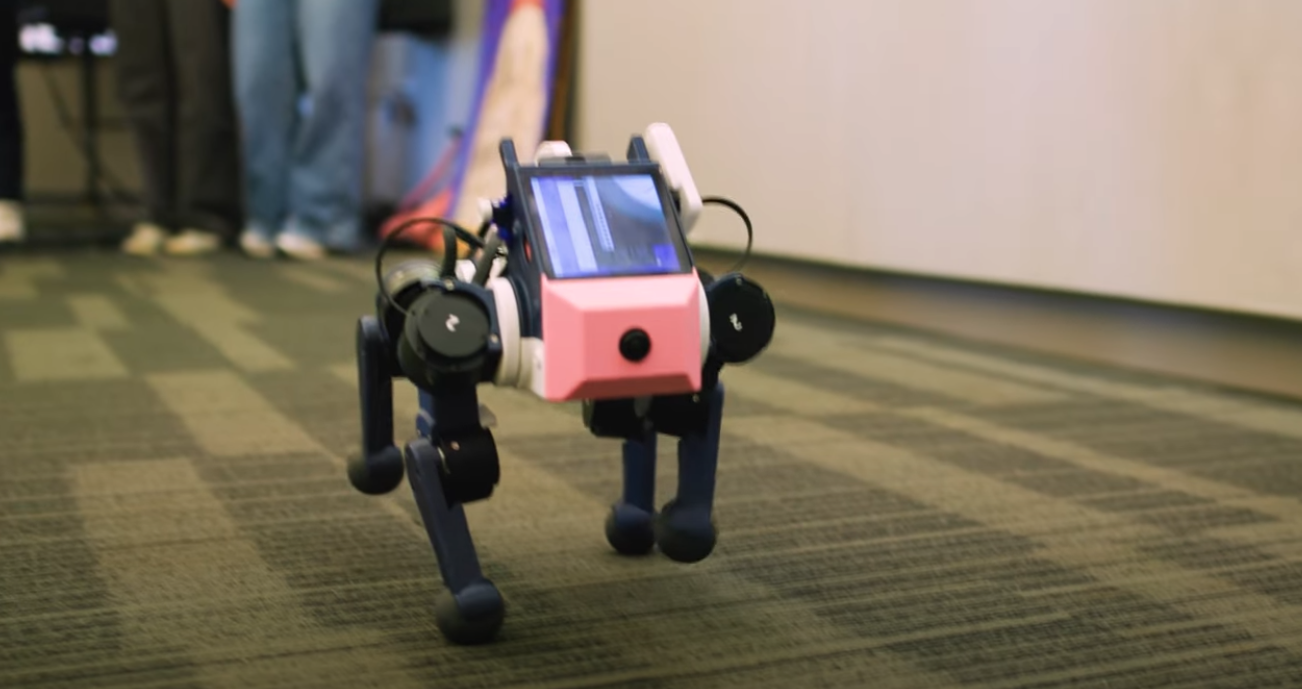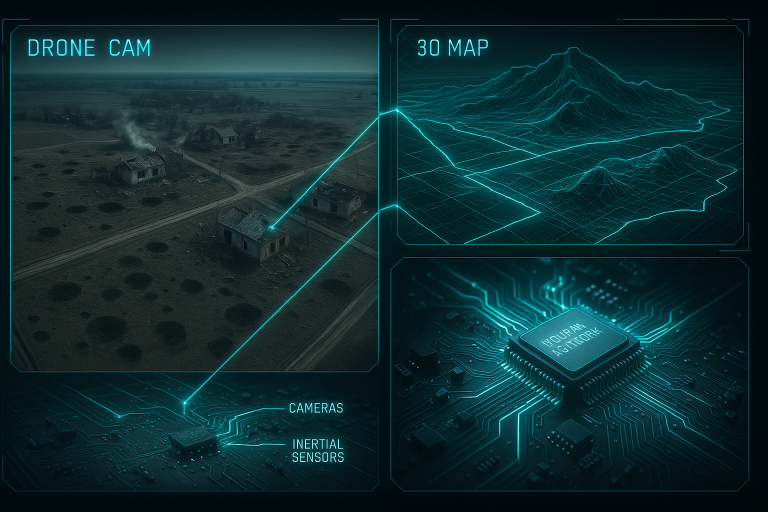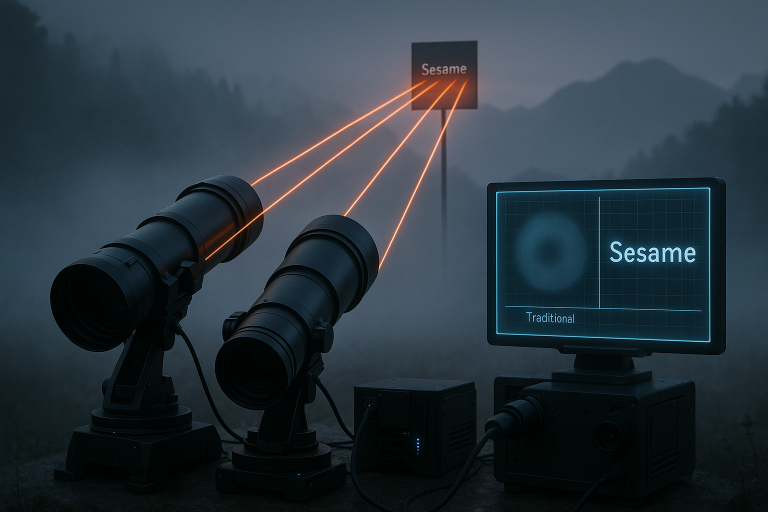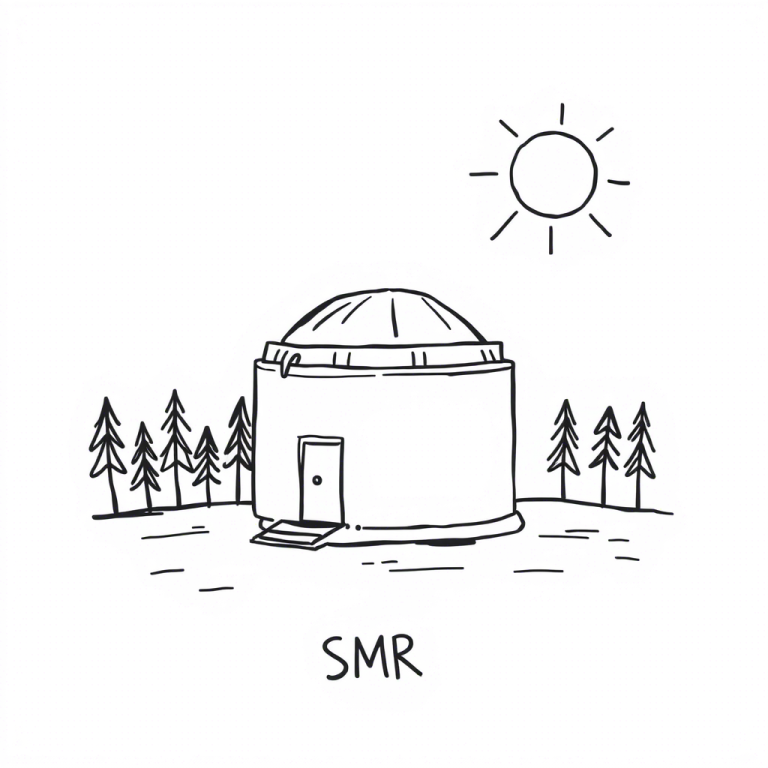How Stanford Students Built a Firefighting Robot Dog That Democratizes Robotics
In a world where advanced quadruped robots cost more than luxury cars, a shoebox-sized pioneer named Pupper is transforming robotics education while fighting simulated fires.
Born in Stanford’s CS 123 classroom, this $3,000 open-source marvel represents a seismic shift in accessibility—proving that cutting-edge robotics no longer requires six-figure budgets or PhDs to master.
As flames lick a model building during Stanford’s “Dog and Pony Show,” a student-controlled Pupper pivots its water cannon with AI-powered precision, symbolizing how hands-on education ignites real-world innovation .
Educational Philosophy: Where Hardware Meets Intelligence
The “Build to Learn” manifesto driving Pupper’s development challenges conventional robotics pedagogy:
- Radical Accessibility: Students enter needing only basic programming skills. Through labs titled “Wiggle Your Big Toe” and “Do What I Say,” they conquer motor control, sensor calibration, and inverse kinematics within weeks .
- Full-Stack Integration: Unlike simplified robotics kits, Pupper demands mastery of all layers—from soldering servo connections to training neural networks for object recognition.
- Democratized Innovation: Originating from Stanford Student Robotics club’s “Doggo” project, the design deliberately uses off-the-shelf components (nearly all purchasable online) and publishes blueprints on GitHub .
“We believe the best way to inspire future robotics experts is having them build a robot from scratch,” emphasizes Professor Karen Liu. “Pupper is the perfect introductory platform yet powerful enough for cutting-edge AI” .
Technical Anatomy: The $3,000 Marvel
Pupper’s genius lies in its minimalism:
- Virtual Spring Actuation: Custom motors compute force adjustments 8,000 times/second, enabling spring-like responsiveness without physical springs—allowing jumps reaching 3.5 feet and dynamic stabilization on uneven terrain .
- Modular AI-Ready Architecture: A Raspberry Pi “brain” runs Python-based control stacks, while standardized ports accept NVIDIA Jetson modules for advanced computer vision workloads.
- Expandable Physiology: Students routinely fabricate add-ons like 7-DOF arms for fetching objects or pressurized water jets for firefighting simulations .
Table: Pupper’s Technical Specifications vs. Professional Counterparts
| Capability | Stanford Pupper | FDNY Spot (Cupcake) | Commercial Advantage |
|---|---|---|---|
| Unit Cost | $3,000 | $75,000+ | 25x cheaper |
| Jump Height | 3.5 ft | 1.6 ft | 2.2x higher |
| Autonomy | 30-45 min | 90 min | 3x shorter |
| AI Integration | Student-coded neural nets | Proprietary systems | Fully customizable |
| Manipulation | Add-on student-built arms | Boston Dynamics ARM kit | Limited dexterity |
From Classroom to Fireground: Real-World Validation
While Pupper trains future roboticists, its DNA already saves lives:
- FDNY’s Deployment: New York’s fire department employs quadruped robots (nicknamed Cupcake) to enter collapsed buildings, detect hazardous materials, and manipulate valves in lithium battery fires—scenarios too dangerous for humans .
- Thermal Endurance Gap: Professional units withstand 1,000°C for 30+ minutes—a capability Pupper lacks but inspires students to explore ceramic armor solutions in advanced projects .
- Operational Autonomy: Unlike Pupper’s manual control, FDNY’s robots autonomously open doors via handle recognition and self-charge when depleted—features Stanford teams now implement using Pupper’s open architecture .
Educational Transformation: Building Tomorrow’s Roboticists
CS 123’s pedagogy mirrors agile development:
- Phased Skill Unlock: Weeks 1-5 focus on locomotion fundamentals (“Wiggle Your Big Toe”); weeks 6-10 introduce AI behaviors where students train convolutional networks for vision tasks and reinforcement learning for gait optimization .
- Industry-Aligned Showcases: Final “Dog and Pony Shows” attract NVIDIA and Google engineers who evaluate maze navigation, tour-guide demonstrations, and fire response—providing direct recruitment pipelines .
- Teaching Assistant Pipeline: Former students like Ankush Kundan Dhawan return as instructors, creating a self-sustaining innovation cycle where each cohort improves hardware and software libraries .
Scaling the Revolution: Challenges & Future Trajectory
Pupper’s success reveals critical hurdles in democratized robotics:
- Manufacturing Bottlenecks: Waterjet-cut leg linkages require precise drilling/tapping—a barrier for schools without machine shops. Solutions include partnerships with Kitronik for pre-fab components.
- AI Compute Limitations: Real-time lidar processing strains onboard CPUs. Spring 2025 cohorts test edge-computing modules from course sponsor NVIDIA.
- Heat Management: Firefighting prototypes overheat motors during extended operation. Next-gen designs incorporate Peltier coolers reclaimed from GPU servers.
Future applications already emerging:
- Disaster Swarms: Miniaturized Puppers could deploy as sensor networks in earthquake rubble, relaying survivor locations via mesh radio .
- Agricultural Monitoring: Vineyard-walking variants under development detect grape mildew using multispectral student-built cameras.
- AI Literacy Tools: High school editions with simplified coding interfaces planned for 2026, extending Stanford’s outreach to underserved schools.
Pupper transcends being merely an educational tool—it embodies a pedagogical revolution where tomorrow’s roboticists don’t just theorize about innovation; they build it from servo motors up. As these student engineers demonstrate during firefighting challenges, their open-source platform already mirrors capabilities of robots costing 25x more. Yet Pupper’s true brilliance lies in its exponential impact: each cohort’s GitHub commits improve locomotion libraries, each custom arm inspires new manipulation paradigms, and each simulated blaze extinguished foreshadows real-world lifesaving applications. In Professor Liu’s vision, these students aren’t just learning robotics—they’re assembling the future itself, one affordable quadruped at a time .







